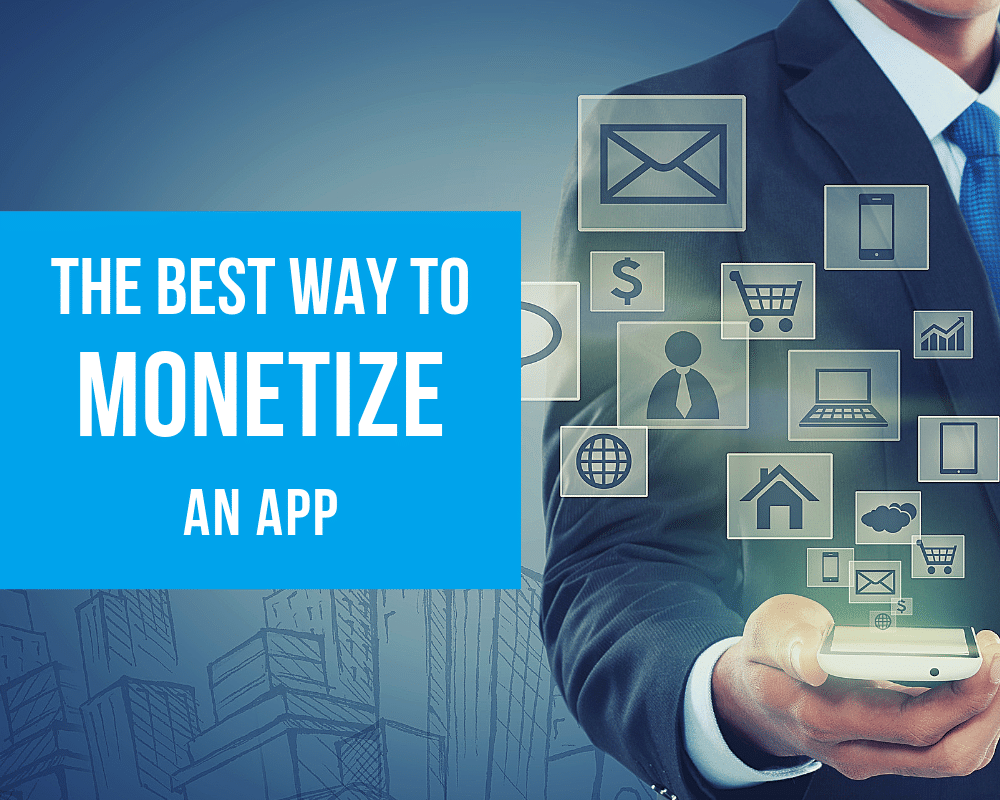Apps are big business today, and forecasts indicate that’s a trend that won’t quit anytime in the near future. But app makers are sometimes hesitant to monetize their products, especially with ads, because they believe consumers will react with immediate negativity. In a world dominated by apps, though, research shows that’s simply not the case. The experts at Jeeng summarize the findings:
Users Accept Ads in Apps
We know that many people are successfully monetizing their apps based on the sheer size of the app industry’s revenue. Mobile app ad revenues in the United States in 2017 alone totaled around $33 billion, and the total revenue for paid apps was around $29 billion in the same year.
Those numbers alone indicate that there are plenty of people willing to deal with ads (and even click on them) or pay for the use of a mobile app. According to Mantis Research data, though, the field skews heavily to freebie apps with advertising. When asked, “Would you rather pay for an app or get an app for free that includes apps?” an overwhelming majority of adult users said they’d opt for the freebie app. In fact, 79 percent — pretty much four in five people — said they’d take the ad version of an app if it was free.
Offer Two Versions of Your App to Appease More People
Since 100 percent of adults didn’t say they’d opt for freebie apps supported by ads, the best way to monetize your app seems to be to take a two-pronged approach: Offer a full, paid version that gives users added value for their money (which includes freedom from ads) and a lighter version of the app with ads.
Consumers do understand that apps aren’t free to create and manage. For the most part, consumers also understand there has to be some trade-in value for companies to be able to afford to provide them with apps that are actually useful or entertaining. It’s this understanding that lets you monetize apps without worrying that consumers won’t receive them well.
Businesses Also Have to Remember the Value Trade
That trade in value is critical to understanding how to monetize your app without alienating users. The app stores are full of reviews panning apps for a terrible experience caused by advertising, which fuels the belief that consumers see all ads as negative.
But if you read between the lines, these reviews rarely call for a removal of all ads. Consumers understand that if they get a free product, the money for it has to come from somewhere. They just don’t want to see advertising every 30 seconds or have to watch 45 seconds of a video ad, just to reach the next level in their game every time.
Which means when you monetize your app, you need a plan that includes more than “push publish, collect funds.”
- Based on Mantis Research’s look into how consumers engage with advertising on a variety of platforms, here are a few tips for being a good partner in the value trade between consumer and app publisher.
- Keep ads as relevant as possible. Consumers of all ages are less likely to be annoyed by advertisements that are interesting and relevant to them. In fact, when asked about advertising in emails, 70 percent of Gen Z said they would click through on an interesting ad. That same premise can hold true for in-app ads.
- Don’t make ads the purpose of your app. If a consumer spends a significant amount of time on your app dealing with ads, the value trade is likely going to be too great for them, and they’ll delete the app. Strike a conservative balance that ensures users can have an enjoyable or productive time when using your app.
- Never allow ads to overtake user experience. If ads make it impossible or even annoying to use certain functions on your app, users are going to dislike them. While it’s okay to block certain content with an ad, asking users to view the sponsored content before they engage further with your app, this is like salt: A little goes a long way.
Finally, use your app to provide rich, helpful content that builds trust with the user instead of peppering them with advertising. When users trust you, they’re more likely to click on the ads you do show them, which means you can drive up revenue with fewer ads. According to Mantis Research data, 66 percent of adults say they are more likely to click through on an ad when they trust the website (or content) where the app appears.
Monetizing your app with both a paid and an ad-based version is the best way to see some ROI, but you have to be smart about how you do this. Always remember that you’re trading value with the consumer: your content or app function for their time. The more value you can provide, the more willing users are to deal with ads.

